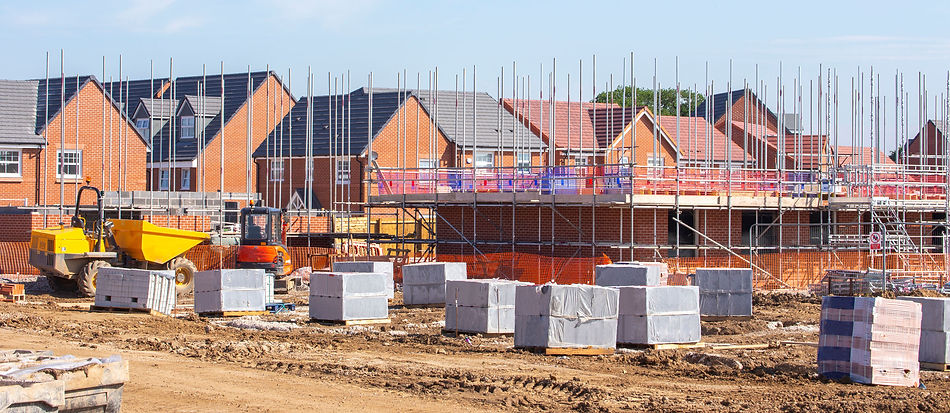
Immediate Land: Ready to Sell
If a site has gained an outline or detailed planning permission, or if its planning status enables development under existing planning policy, then it is primed and ready to proceed towards sale and development.
A positive planning situation is a key element in the development process. Securing planning permission establishes the value of the land prior to development, and is typically the most financially beneficial stage of the development process to dispose of the asset – unless the landowner wishes to take on development risk and undertake the development themselves, or enter into a joint venture arrangement with a developer or housebuilder.


Value Factors
Disposing of land and property with the benefit of planning permission does however require skill and experience to ensure the full value is realised. Firstly, it is essential that the planning permission is ‘the right fit’ for the property and for the Landowner. Minor amendments to a planning permission can have significant financial advantages, as of course would improving the planning permission to increase capital value and to decrease costs.
Secondly, the planning permission needs to be deliverable, achievable. It may for example rely on third party land for access or servicing, it may be conditional on the delivery of off-site infrastructure, and of course it must be financially viable.
Minimising Risk
Once it is established that the planning permission is optimal, the site should be presented to the market with as little risk as possible, in order to maximise the land value. This often includes for example undertaking ground investigations, utilities surveys, arranging indemnity insurances, or regularising any tenancies.
The site is then ready to market, and the marketing strategy will reflect the opportunity and the aspirations of the landowner.
Marketing can be a full open-market process, sent to the whole housebuilding market and advertised widely, or it can be a closed process involving a handful of selected buyers, or anything in between. Whichever strategy is right for the opportunity the key is to create the best competitive environment to yield the best possible terms for the Landowner.
How to Sell Immediate Land
The most common method of selling immediate land is a straightforward sale of the freehold, however there are a number of variations that can be employed. For example:
Deferred Payments
The buyer withholds part of the purchase price, typically 25% – 50% for a period of between 9 and 18 months. In return for this arrangement the values offered can be significantly higher than with no deferment
Joint Venture Arrangements
Where the landowner retains an interest in the property, and receives the value over a longer period of time for an increased price. This could be for example receiving a share of the sales proceeds of the completed development instead of a land payment, in return for accepting some of the risks.
Deferred Completions and Leaseback
Where the landowner needs or wishes to remain in occupation of part or the whole of the property for a period of time, which can be beneficial to the buyer as well.
Retained Equity
Where the owner retains part of the property in lieu of some of the land value; for example retaining ownership of residential dwellings or a commercial asset as an ongoing investment, or retaining a special interest use such as a community building.
With all of these options and many other possible structures, Hambleden plays a critical role in understanding and guiding the best possible strategy for the Landowner whilst recognising and accommodating the buyer’s requirements.
Disposing of Immediate Land is not just a case of advertising the site and choosing the highest offer. The development agent’s skill is to ensure that the site is as valuable as possible, realising that value through professional marketing, and ensuring that all of the Landowner’s risks are covered and aspirations achieved.
Garden Land Development
There is a huge demand for land capable of delivering between 1 and 5 properties. From small development companies, self-builders who are looking for plots, and for those looking to commission a bespoke house to move into. This demand is partly catered for by small pockets of land within or next to settlements. However, many of these developments take place in the grounds of existing residential and commercial property.g residential and commercial property.
At Hambleden we work with private homeowners and groups of householders, advising on the feasibility of small-scale residential developments, which can be lucrative for the householders and present a straightforward planning process.
If you have a large garden, or if you can combine with your neighbours to assemble a large plot, then we would be interested in talking to you about development possibilities to cater for this pent-up demand. Please contact us for a confidential, no-obligation assessment of your property

